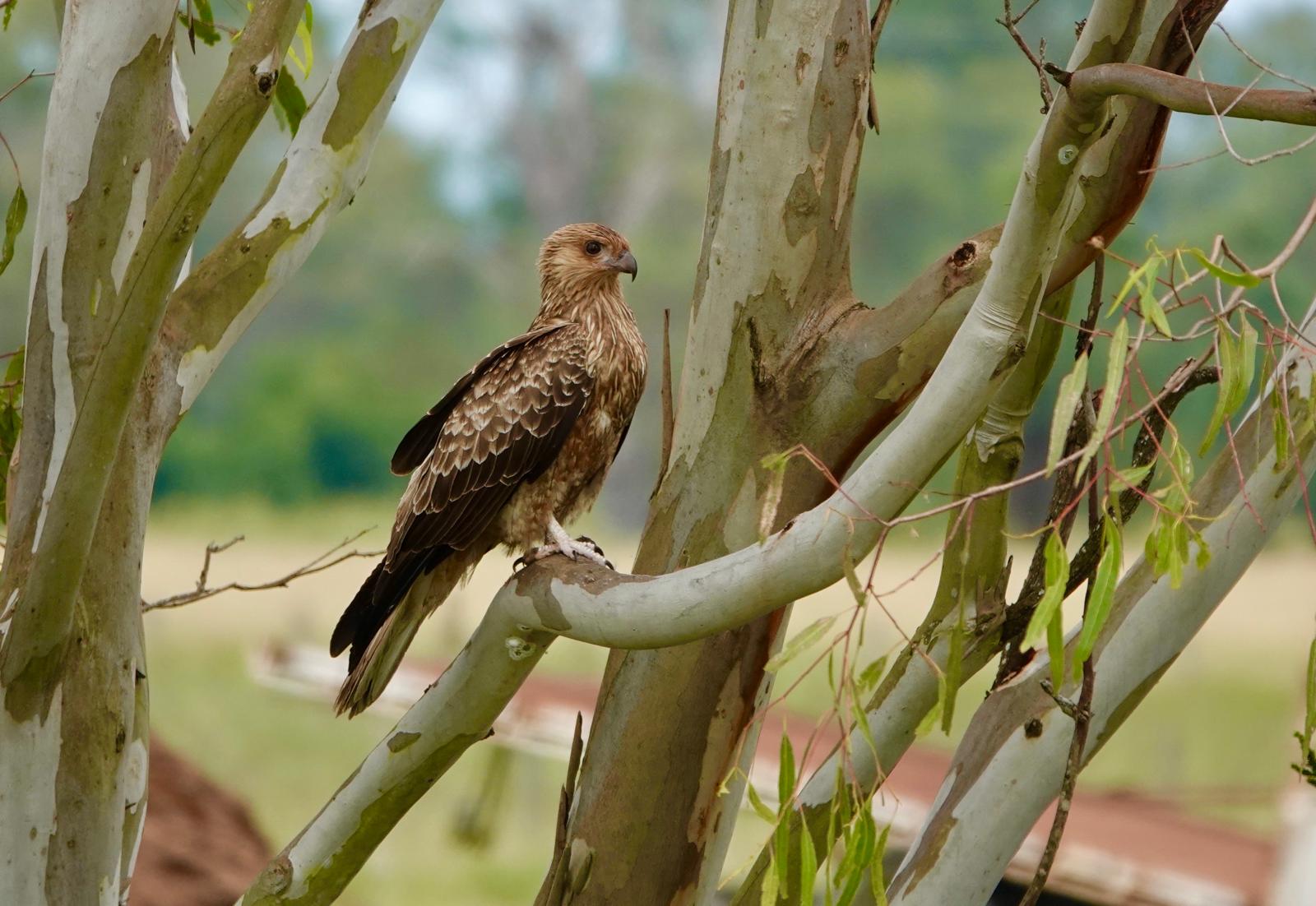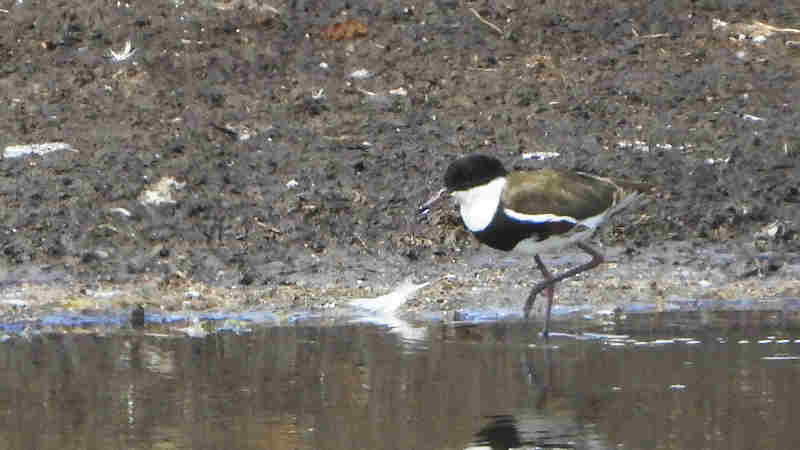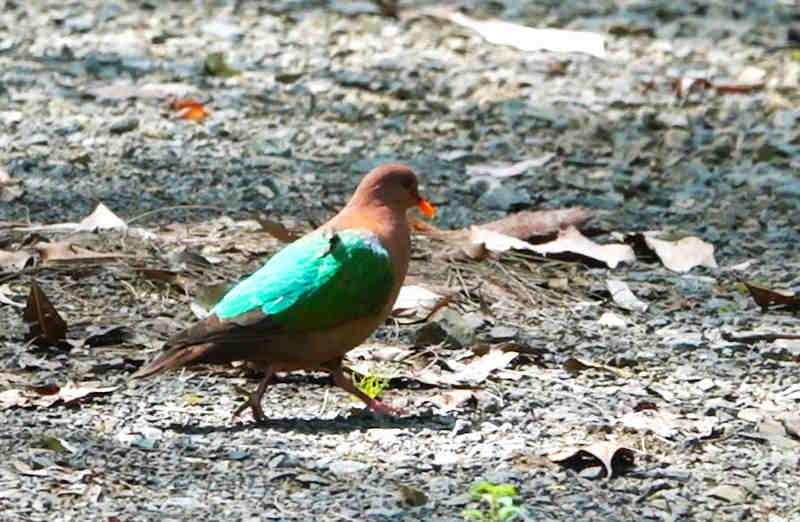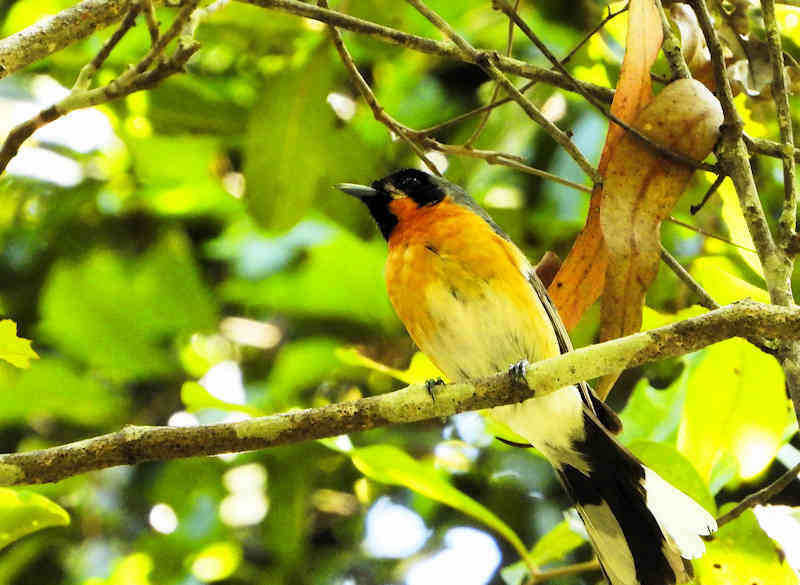Wedge-tailed Eagle (Aquila audax)

High above the vast and rugged landscapes of Australia, a symbol of power and grace soars—the Wedge-tailed Eagle (Aquila audax). As the largest bird of prey on the continent, these majestic raptors command both the skies and the admiration of those who encounter them. In this article, we embark on a journey to explore the awe-inspiring world of the Wedge-tailed Eagle, uncovering their unique characteristics, behaviors, and the important role they play in Australia’s ecosystems and cultural heritage.
Appearance:
Wedge-tailed Eagles are renowned for their impressive size and striking appearance. They boast a wingspan that can reach up to an astonishing 2.8 meters, making them among the largest eagles globally. Their plumage is predominantly dark brown, complemented by distinctive wedge-shaped tails, from which their name is derived. Their sharp, hooked beaks and powerful talons are formidable tools that make them formidable predators.
Distribution and Habitat:
Wedge-tailed Eagles are native to Australia, and their range extends across most of the continent, with populations also found in Papua New Guinea. These adaptable birds thrive in a variety of environments, from arid deserts to lush forests, but they are most commonly associated with open woodlands, savannahs, and remote wilderness areas.
Behavior and Hunting:
These apex predators are known for their keen eyesight and exceptional hunting skills. Wedge-tailed Eagles primarily feed on a diet of mammals, birds, and carrion. They are adept at hunting a wide range of prey, from rabbits and wallabies to small kangaroos and even other birds. These raptors often utilize their soaring flight to spot prey from great heights before swooping down with remarkable speed and accuracy to secure their meal.
Breeding and Nesting:
Wedge-tailed Eagles engage in monogamous partnerships during the breeding season, which typically occurs between June and September. They build substantial nests, often constructed high in trees or on cliff ledges. These nests are constructed from sticks and lined with soft materials like leaves and grasses. The female usually lays one to three eggs, with both parents taking turns incubating them and later caring for the young eaglets.
Conservation Status:
Wedge-tailed Eagles are not considered globally threatened and have a stable population. However, they do face some localized threats, primarily related to habitat degradation and collisions with vehicles. Conservation efforts focus on protecting their nesting sites and minimizing human disturbances in their territories.
Cultural Significance:
The Wedge-tailed Eagle holds a special place in the cultural heritage of Australia, symbolizing power and freedom in Indigenous Australian cultures. Their impressive presence in the skies has been immortalized in art, folklore, and contemporary symbolism, reflecting their profound impact on the country’s natural and cultural identity.
Conclusion:
The Wedge-tailed Eagle stands as an emblem of Australia’s wild and untamed landscapes. With their impressive size, commanding presence, and vital role in maintaining ecological balance, these regal raptors are a testament to the beauty and importance of Australia’s wildlife. As we continue to appreciate and protect these magnificent eagles and the habitats they inhabit, we ensure the preservation of a symbol of power and freedom that has graced the continent’s skies for millennia.
We are affiliated with Amazon and make a small royalty at no extra cost to you, so by using the links below to purchase your next birding gear you can help us to maintain Simply Birding and continue to bring great content:

Canon, Sony and Nikon cameras: https://amzn.to/4gmtDWk

Lenses for bird photography: https://amzn.to/3WG3vyF

Tripods: https://amzn.to/3PVDNT0

Memory Cards: https://amzn.to/3PV4Y0z

Bird books: https://amzn.to/42NgsKS

Binoculars for bird watching: https://amzn.to/42G0nGZ

Spotting Scopes for bird watching: https://amzn.to/4hom5nq















